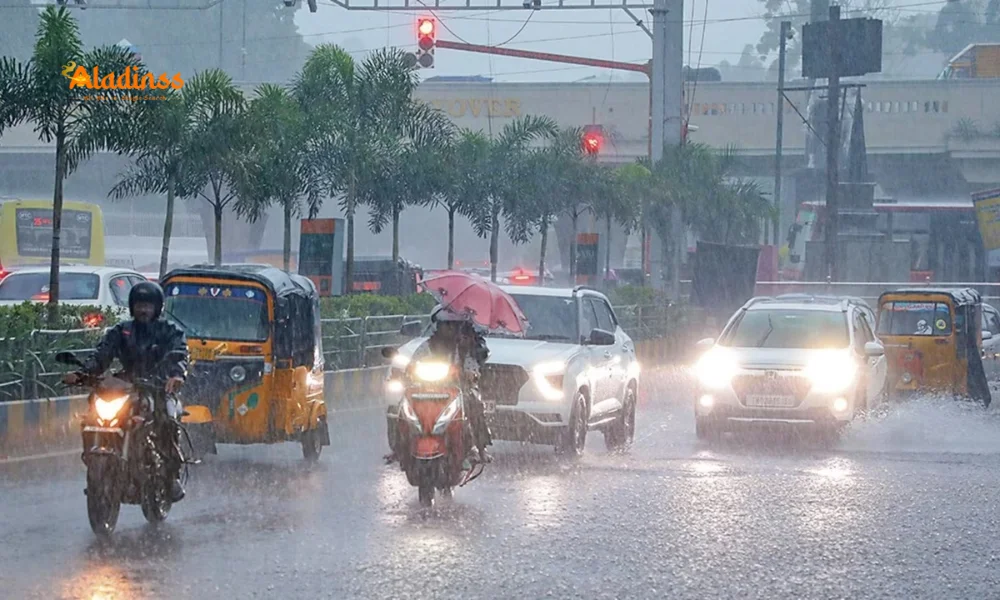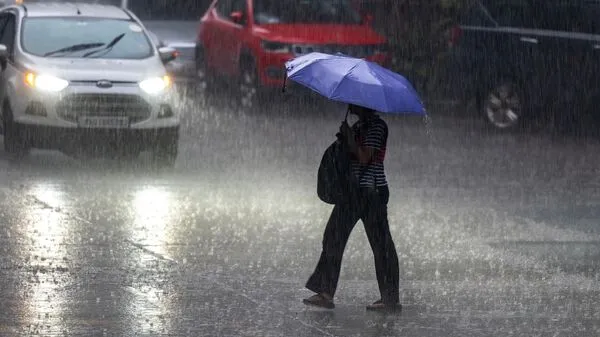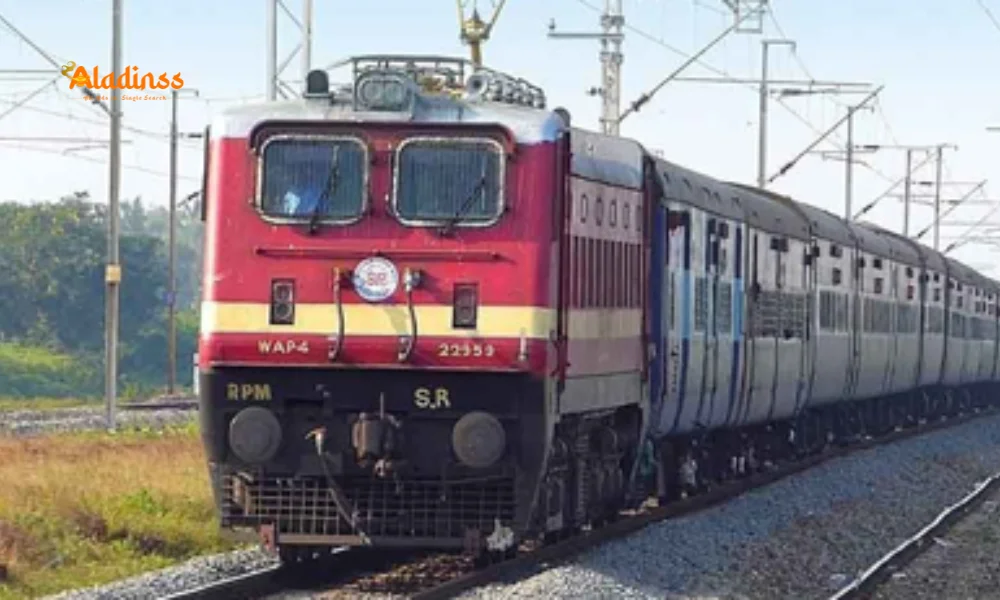Heavy Rains In Tamil Nadu: 21 Districts On Alert Today

Heavy Rains In Tamil Nadu: Warning Issued For 21 Districts Today
In a significant weather event sweeping across Tamil Nadu, heavy rains have brought relief from scorching heat, impacting districts like Dharmapuri, Tiruppur, Thanjavur, Thiruvarur, and Madurai on September 17, 2025. The India Meteorological Department (IMD) has issued a yellow alert for heavy rainfall in 21 districts, including Nilgiris, Erode, Krishnagiri, Dharmapuri, Salem, Tiruvannamalai, Vellore, Chengalpattu, Kanchipuram, Trichy, Thanjavur, Thiruvarur, and Nagapattinam, on September 18, 2025. This breaking news update is trending on Google with searches for "Tamil Nadu heavy rains today," "Chennai rain alert September 18," and "Tamil Nadu weather update," while X is abuzz with hashtags like #TamilNaduRains, #HeavyRainTN, and #ChennaiMonsoon. This comprehensive report explores the rainfall's impact, the IMD's forecast, and the challenges faced by residents and farmers across the state.

The heavy rainfall, driven by an upper-level cyclonic circulation over the Bay of Bengal, has transformed the weather landscape in Tamil Nadu, cooling temperatures that had soared above 40°C during the summer. Yesterday's downpours, accompanied by thunder and lightning, rejuvenated water bodies and brought smiles to farmers, but also caused significant disruptions, including waterlogging and traffic chaos in urban areas. The IMD's warning for today highlights the potential for continued intense showers, particularly in coastal and western districts, with Chennai and its suburbs expected to experience moderate rain with thunderstorms.
In Dharmapuri, areas like Bommidi, Kadathur, Pappireddipatti, and Thenkarai Kottai were lashed by heavy rain yesterday evening. In Bommidi, roads turned into rivers, posing challenges for motorists navigating through fast-flowing water. The deluge, lasting over an hour in some areas, refilled local reservoirs, a boon for farmers facing water scarcity. However, the sudden intensity caught many unprepared, with reports of minor property damage due to flooding in low-lying areas.
Widespread Rainfall Across Western Tamil Nadu
In Salem district, the hill station of Yercaud experienced over 90 minutes of continuous rain, leading to water stagnation on Anna Park Road that resembled a pond. Tourists took shelter in cafes, but the misty atmosphere added to Yercaud’s charm. In Erode’s Gopichettipalayam, farmers celebrated as heavy rain with thunder and lightning fell for over an hour, providing critical moisture for crops like maize, cotton, and millets. The rainfall is expected to improve agricultural yields, which had been threatened by prolonged heat and drought-like conditions.
Tiruppur, a major textile hub, faced heavy showers in areas like Rayapuram, Karattangad, Karuvampalayam, and Veerapandi for over 30 minutes. Bridgeway Colony was inundated, with residents wading through knee-deep water. The rains briefly disrupted operations in textile units, but the cooler weather was a welcome change for workers. In Dindigul, heavy rain yesterday evening caused water to accumulate in the Dindigul-Karur railway tunnel, inconveniencing motorists and prompting local authorities to deploy pumps to clear the flooding.
Impact On Southern And Coastal Districts
In the hill station of Kodaikanal, heavy rain accompanied by thick fog created a serene yet challenging environment. The downpour drenched areas like Madurai’s Koripalayam, Tallakulam, KK Nagar, Anna Nagar, and Theppakulam, with surrounding regions such as Thirumangalam, Karisalpatti, Melakottai, Vadakarai Maravankulam, and Kapalur also experiencing significant rainfall. In Thoothukudi, a sudden downpour after two months of oppressive heat brought a chilly atmosphere, delighting residents but causing minor disruptions in low-lying areas.
In Tenkasi’s Sankarankovil, farmers cultivating maize, cotton, urad, and millet rejoiced as heavy rains provided much-needed irrigation. The showers in Pasuvantani near Kovilpatti lasted over an hour, revitalizing agricultural fields. Nagapattinam district saw intense rainfall in areas like Velipalayam, Kadambadi, Puttur, Sikal Aliyur, Sellur, and Aiyavanallur, boosting groundwater levels but causing waterlogging in urban pockets. Similarly, Mayiladuthurai, Mangainallur, Komal, Srikandapuram, Kuthalam, Neetur, and Arupathi were lashed by thunderstorms and rain, bringing relief to parched lands.
Coastal Areas Face Intense Downpours
Coastal districts like Thiruvarur and Thanjavur were not spared, with heavy rains affecting areas such as Sirkazhi, Kollidam, Vaitheeswaran Kovil, Thiruvenkadu, and Poompuhar in Thiruvarur, and Kumbakonam in Thanjavur, where rain fell for over an hour. Other areas in Thiruvarur, including Senthamangalam, Nannilam, Kudavasal, Manakkal Arasavanangadu, and Srivanchiyam, also experienced significant rainfall. In Pudukkottai, moderate rain with thunder and lightning continued for the second day, while Rameswaram in Ramanathapuram district saw heavy morning showers that led to water entering the Ramanatha Swamy temple premises, inconveniencing devotees.
Meteorological Insights And Forecast
The IMD attributes the current rainfall to a cyclonic circulation over the southwest Bay of Bengal, coupled with a trough extending across Tamil Nadu. This system is pulling in moisture-laden winds, resulting in widespread showers. The yellow alert for September 18 covers 21 districts, signaling a high likelihood of heavy rain (64.5–115.5 mm) in isolated areas, particularly in the Western Ghats and coastal regions. Chennai and its suburbs are expected to see moderate rain with occasional thunderstorms, with wind speeds reaching 30–40 kmph in some areas.
The forecast has significant implications for both rural and urban areas. Farmers across districts like Erode, Tenkasi, and Nagapattinam are optimistic, as the rains will replenish groundwater and support crops nearing harvest. However, urban centers like Chennai, Tiruppur, and Dindigul face challenges with waterlogging, particularly in low-lying areas and poorly maintained drainage systems. Local authorities have been urged to deploy emergency response teams to manage potential flooding and ensure public safety.
Challenges And Community Response
While the rains have been a blessing for agriculture, they have posed significant challenges in urban areas. In Tiruppur’s Bridgeway Colony, residents reported difficulties accessing homes due to flooding, with local businesses facing temporary closures. In Dindigul, the railway tunnel’s flooding disrupted traffic for hours, prompting calls for better infrastructure to handle monsoon rains. In Rameswaram, devotees at the Ramanatha Swamy temple faced inconvenience as rainwater flooded the premises, highlighting the need for improved drainage systems in religious and tourist sites.
Social media platforms, particularly X, have become a hub for real-time updates and reactions. Posts under #TamilNaduRains share images of flooded streets, rejuvenated farmlands, and foggy hill stations, reflecting the dual impact of the downpours. Residents in Chennai are sharing tips on navigating waterlogged areas, while farmers in Erode and Tenkasi express gratitude for the timely rains. The trending hashtags #HeavyRainTN and #ChennaiMonsoon are amplifying the conversation, with users calling for better urban planning to mitigate flooding risks.
Looking Ahead: Weather Preparedness
As the IMD’s yellow alert remains in effect, district administrations are on high alert, with emergency helplines activated and relief teams stationed in vulnerable areas. Schools in some districts, particularly in low-lying coastal regions, may announce closures if the rain intensifies. The Tamil Nadu State Disaster Management Authority has advised residents to avoid waterlogged areas and follow weather updates closely. Fishermen have been warned against venturing into the sea due to rough conditions in the Bay of Bengal.
The rains have brought a mix of relief and challenges, with rural communities celebrating the boost to agriculture and urban areas grappling with infrastructure shortcomings. The IMD predicts that the current weather system will weaken by September 20, but isolated showers may continue into the weekend, particularly in northern and coastal districts. For now, Tamil Nadu braces for another day of intense rainfall, with residents adapting to the changing weather patterns.
Agricultural Benefits and Economic Impact
The heavy rainfall has been a lifeline for Tamil Nadu’s agricultural sector, which had been reeling from months of drought-like conditions. In districts like Erode, Tenkasi, and Nagapattinam, farmers are optimistic about improved yields for crops such as paddy, maize, cotton, and pulses. The replenishment of groundwater and reservoirs is expected to support irrigation needs through the upcoming sowing season, providing a much-needed boost to rural economies. Agricultural experts estimate that the timely rains could increase crop production by 10–15% in affected areas, offering relief to farmers who faced significant losses earlier this year.
However, the economic impact is not uniformly positive. In urban centers like Tiruppur, the textile industry faced disruptions due to flooding, with some units reporting delays in production and logistics. Small businesses in low-lying areas of Chennai and Dindigul have also been affected, with temporary closures leading to revenue losses. The state government has announced measures to support affected businesses, including low-interest loans and relief packages for small-scale entrepreneurs.
Government Response and Infrastructure Challenges
The Tamil Nadu government has mobilized resources to address the challenges posed by the heavy rains. District collectors in the 21 affected districts have been directed to monitor the situation closely, with rapid response teams deployed to manage flooding and assist residents. In Chennai, the Greater Chennai Corporation has set up control rooms to coordinate relief efforts, while pumps are being used to clear waterlogged areas. The government has also announced helpline numbers for residents to report emergencies, ensuring swift action in case of flooding or other weather-related issues.
Despite these efforts, infrastructure shortcomings remain a significant concern. Poorly maintained drainage systems in cities like Chennai and Tiruppur have exacerbated waterlogging, highlighting the need for long-term investments in urban planning. The flooding of the Ramanatha Swamy temple in Rameswaram has sparked calls for better maintenance of cultural and religious sites, which attract thousands of visitors annually. Local activists and residents are using platforms like X to demand accountability, with posts under #TamilNaduRains urging authorities to prioritize infrastructure upgrades.
Community Resilience and Adaptation
Tamil Nadu’s residents have shown remarkable resilience in the face of the heavy rains. In rural areas, farmers are capitalizing on the rainfall to prepare fields for the next planting season, with many expressing hope for a bumper harvest. Community groups in urban areas are organizing relief efforts, distributing food and supplies to those affected by flooding. In Chennai, volunteers are assisting elderly residents in navigating waterlogged streets, while local businesses are offering free services to those stranded by the rains.
Social media has played a crucial role in fostering community support. Posts on X under #ChennaiMonsoon include real-time updates on road conditions, flood alerts, and offers of assistance from local organizations. The hashtag #HeavyRainTN has also become a platform for sharing positive stories, such as farmers celebrating the revival of their fields and residents in hill stations like Yercaud and Kodaikanal enjoying the scenic beauty brought by the rains.
Environmental and Long-Term Implications
The heavy rains have significant environmental implications for Tamil Nadu. The replenishment of water bodies and groundwater reserves is a critical step toward addressing the state’s water scarcity issues, which have worsened in recent years due to erratic monsoons and overexploitation. Environmentalists are hopeful that the current rainfall will support efforts to restore wetlands and lakes, particularly in Chennai, where urban development has encroached on natural water bodies.
However, the rains also highlight the challenges of climate change. The increasing frequency of extreme weather events, such as sudden heavy downpours, underscores the need for adaptive measures like improved drainage systems and sustainable urban planning. Experts are calling for the integration of climate-resilient infrastructure to mitigate the impact of future monsoons, ensuring that Tamil Nadu can balance the benefits and challenges of heavy rainfall.
As Tamil Nadu navigates this period of intense rainfall, the state stands at a crossroads. The rains offer an opportunity to bolster agriculture and water resources, but they also expose vulnerabilities in urban infrastructure and disaster preparedness. With the IMD’s forecast indicating continued showers, residents and authorities alike are bracing for the days ahead, adapting to the dynamic weather patterns shaping the region.
Comment / Reply From
No comments yet. Be the first to comment!








